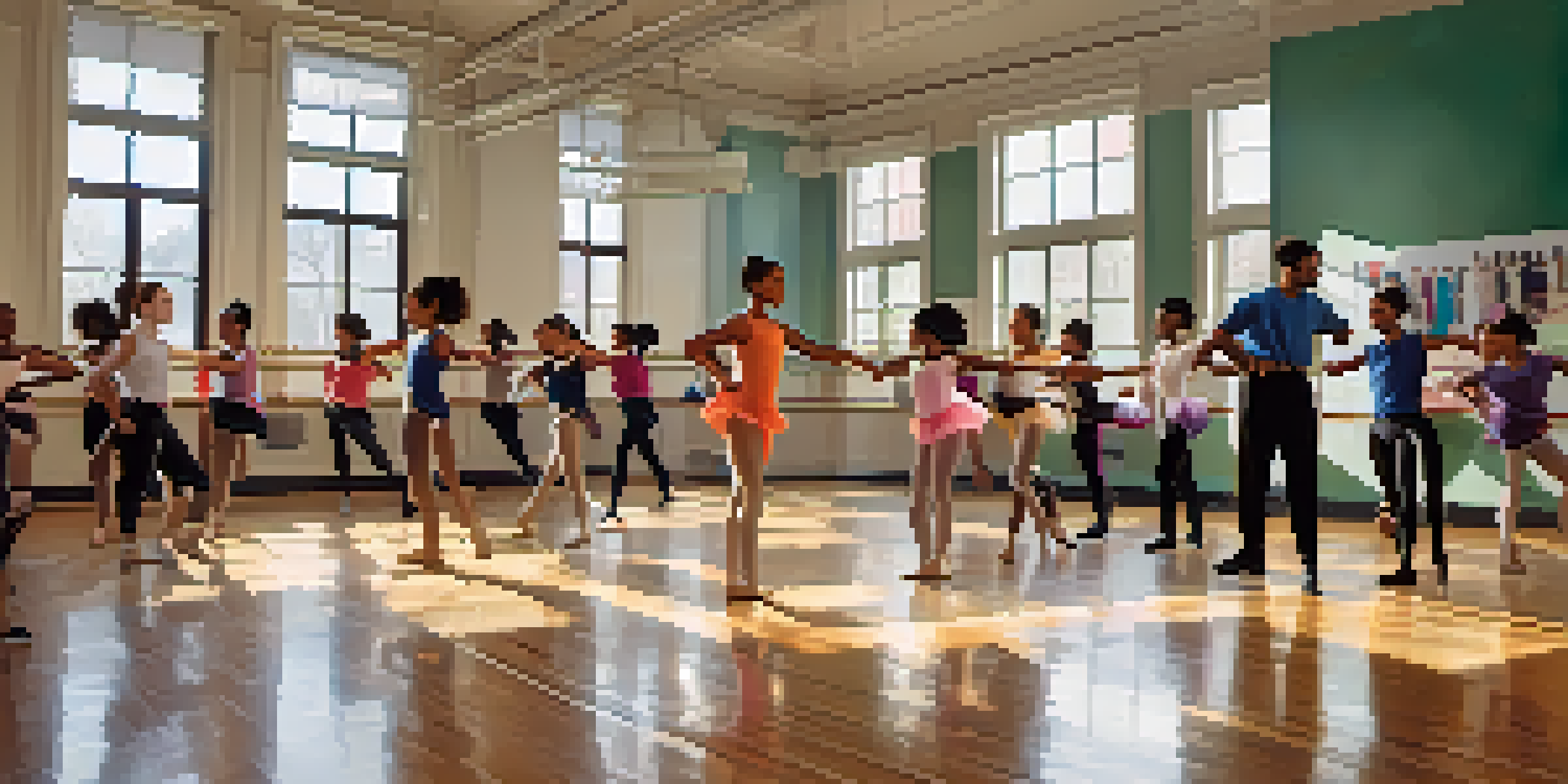Dance Techniques: Aligning Curriculum with National Standards

Understanding National Standards in Dance Education
National standards in dance education provide a framework for what students should learn and achieve. These standards ensure consistency and quality across various educational settings, allowing for a more structured approach to dance instruction. By understanding these standards, educators can better align their curriculum to meet the diverse needs of their students.
The Importance of Curriculum Alignment
Aligning your dance curriculum with national standards is crucial for fostering student success. It ensures that students receive a well-rounded education that prepares them for both performance and appreciation of dance. Furthermore, alignment helps educators identify gaps in learning and allows for targeted instruction that meets all students' needs.
Align Curriculum with National Standards
Aligning dance curricula with national standards ensures students receive a comprehensive education that meets diverse learning needs.
Key Elements of Dance Techniques Curriculum
A comprehensive dance techniques curriculum should include elements like technique, choreography, improvisation, and performance. By incorporating these components, educators can create a balanced approach that nurtures creativity while honing technical skills. This multifaceted structure not only enriches the learning experience but also aligns with national standards.
Assessing Student Progress in Dance Techniques
Regular assessment is vital for tracking student progress in dance techniques. This can include formative assessments, such as observation and feedback, as well as summative assessments like performances or projects. By using various assessment methods, educators can ensure that they are capturing the full spectrum of student learning and aligning with national standards.
Assess Student Progress Regularly
Regular assessments, including observations and performances, help educators track student progress in dance techniques effectively.
Integrating Diverse Dance Styles into Curriculum
Incorporating a range of dance styles into the curriculum is essential for a rich educational experience. Styles such as ballet, jazz, hip-hop, and contemporary can engage students and highlight cultural diversity. This integration not only aligns with national standards but also fosters an inclusive environment that values different perspectives in dance.
Professional Development for Dance Educators
Ongoing professional development is crucial for dance educators to stay current with national standards and teaching techniques. Workshops, conferences, and online courses can provide valuable resources and networking opportunities. By engaging in professional growth, educators can enhance their teaching practices and better support their students.
Embrace Diverse Dance Styles
Incorporating various dance styles fosters cultural appreciation and aligns with national standards, creating an inclusive learning environment.
Collaborating with Other Arts Educators
Collaboration with educators in other arts disciplines can enrich the dance curriculum. For instance, integrating music, theater, or visual arts can create interdisciplinary projects that resonate with students. This approach not only aligns with national standards but also encourages creativity and critical thinking in the arts.
The Future of Dance Curriculum and National Standards
As the field of dance education evolves, so too will the national standards. Educators must remain adaptable and open to changes in the curriculum to meet future demands. By continually aligning their teaching with updated standards, dance educators can ensure that their students are well-prepared for a future in the performing arts.